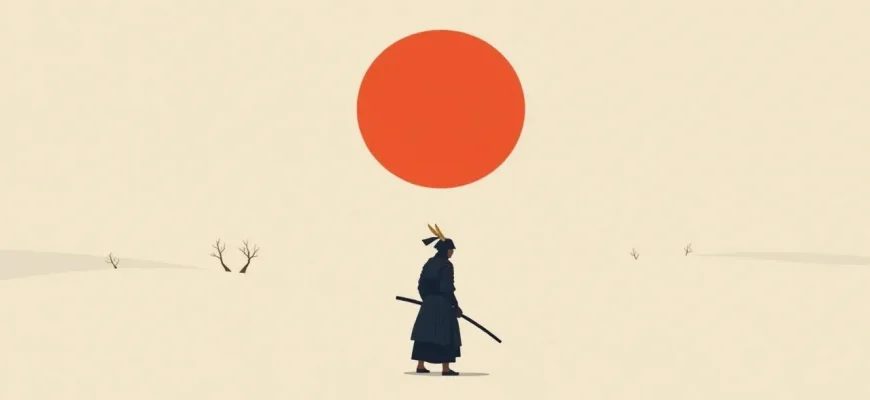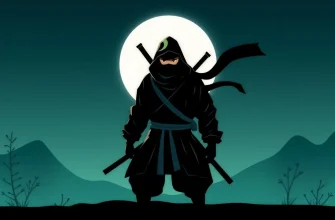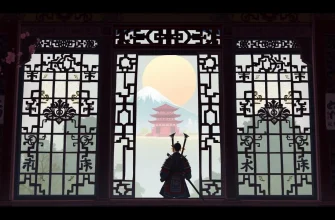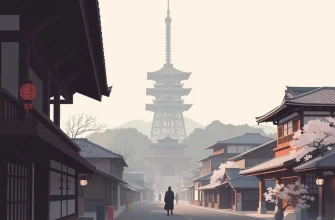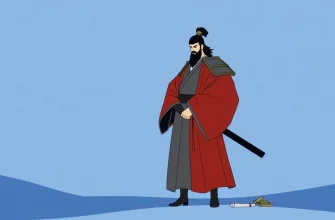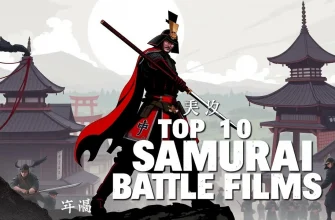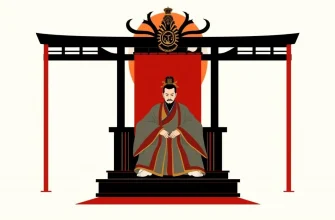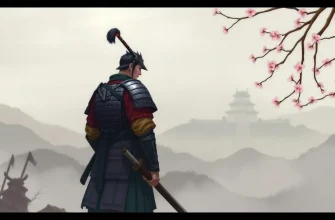The samurai, with their code of honor, Bushido, have long captivated audiences worldwide. These films not only entertain but also provide a window into the rich tapestry of Japanese history, culture, and the warrior ethos. From epic battles to personal dramas, here's a curated list of ten historical samurai films that stand out for their storytelling, cinematography, and cultural authenticity.
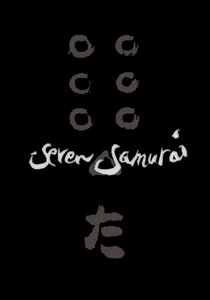
Seven Samurai (1954)
Description: Akira Kurosawa's masterpiece about a village hiring seven ronin (masterless samurai) to defend against bandits. This film has influenced countless works in cinema and is often cited for its narrative structure and character development.
Fact: The film was originally intended to be a three-hour epic but was cut down to 207 minutes for its initial release.
 Watch Now
Watch Now 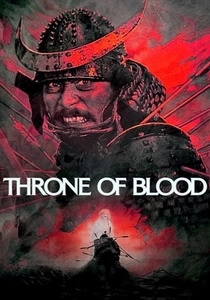
Throne of Blood (1957)
Description: Kurosawa's adaptation of Macbeth, set in feudal Japan, where a samurai's ambition leads to his downfall. The film's eerie atmosphere and intense performances make it a standout in samurai cinema.
Fact: The film was shot in the ruins of a castle, adding to its haunting aesthetic.
 Watch Now
Watch Now 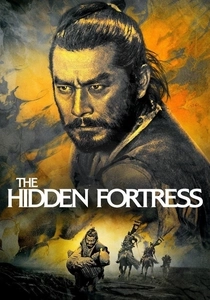
The Hidden Fortress (1958)
Description: A comedic adventure where two peasants help a princess and her general escape through enemy territory. This film influenced George Lucas's "Star Wars."
Fact: It was one of the first films to use the "widescreen" format in Japan.
 Watch Now
Watch Now 
Yojimbo (1961)
Description: A ronin arrives in a town controlled by two rival gangs and decides to play them against each other. This film showcases Kurosawa's flair for blending action with social commentary.
Fact: "Yojimbo" inspired Sergio Leone's "A Fistful of Dollars," which in turn influenced the Western genre.
 Watch Now
Watch Now 
Harakiri (1962)
Description: A samurai arrives at a clan's headquarters to perform seppuku (ritual suicide), but his story reveals a deeper critique of the samurai code and the hypocrisy of the ruling class.
Fact: The film was remade in 2011 by Takashi Miike, but the original remains a classic.
 Watch Now
Watch Now 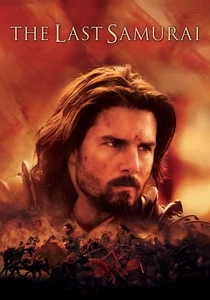
The Last Samurai (2003)
Description: This epic drama follows an American military officer who becomes embroiled in the Satsuma Rebellion and finds himself aligning with the samurai he was initially sent to suppress. It's a poignant exploration of cultural clash and personal transformation.
Fact: The film was shot on location in Japan, and Tom Cruise underwent extensive training to authentically portray a samurai.
 Watch Now
Watch Now 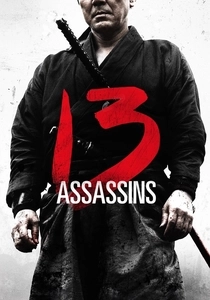
13 Assassins (2010)
Description: A group of samurai band together to assassinate a cruel and sadistic lord. This film is known for its intense, prolonged battle sequence that is both thrilling and brutal.
Fact: The film was a remake of a 1963 film by Eiichi Kudo, but Takashi Miike's version is more graphic and intense.
 Watch Now
Watch Now 
Samurai Rebellion (1967)
Description: A tale of honor and rebellion against a corrupt feudal lord, this film delves into the personal lives of samurai, highlighting the conflict between duty and personal loyalty.
Fact: The film was one of the last major works of director Masaki Kobayashi.
 30 Days Free
30 Days Free 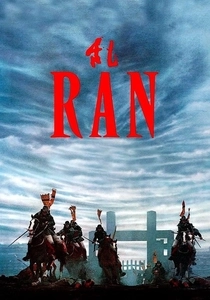
Ran (1985)
Description: Another Kurosawa gem, "Ran" is a reimagining of Shakespeare's King Lear set in feudal Japan. It explores themes of ambition, betrayal, and the consequences of power through the story of a warlord who divides his kingdom among his sons.
Fact: The film's battle scenes were so large-scale that they required over 1,400 extras and 200 horses.
 30 Days Free
30 Days Free 
When the Last Sword Is Drawn (2003)
Description: This film explores the life of a samurai through the eyes of his friends and family, offering a deeply personal look at the sacrifices made for honor and duty.
Fact: The film was critically acclaimed for its emotional depth and the performances of its cast, particularly by Koichi Sato.
 30 Days Free
30 Days Free 
